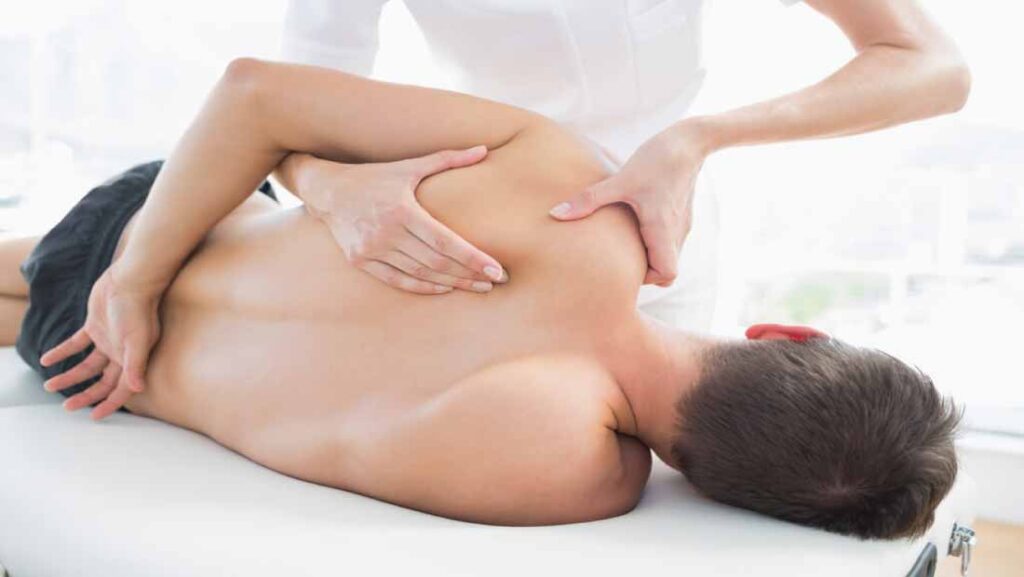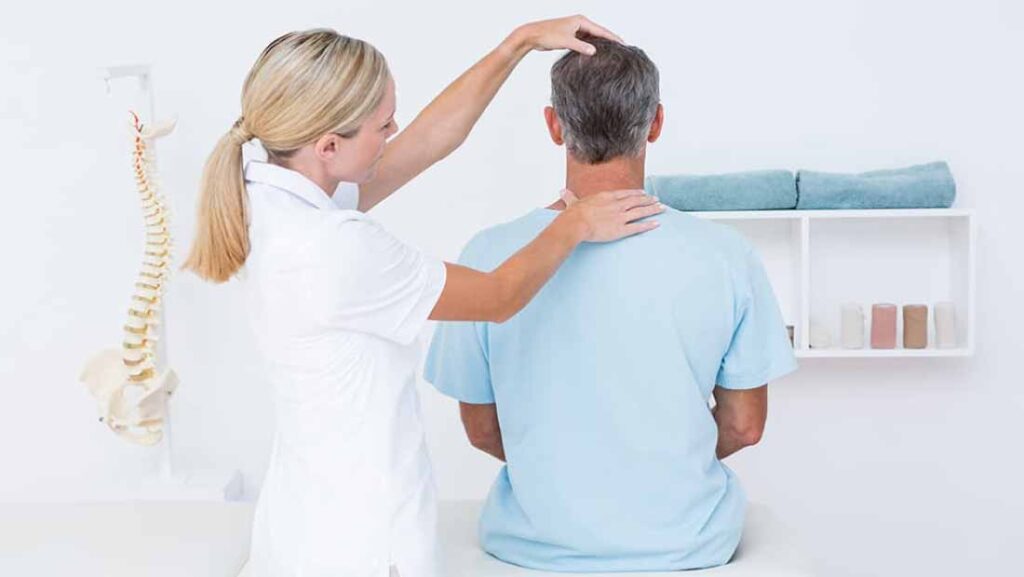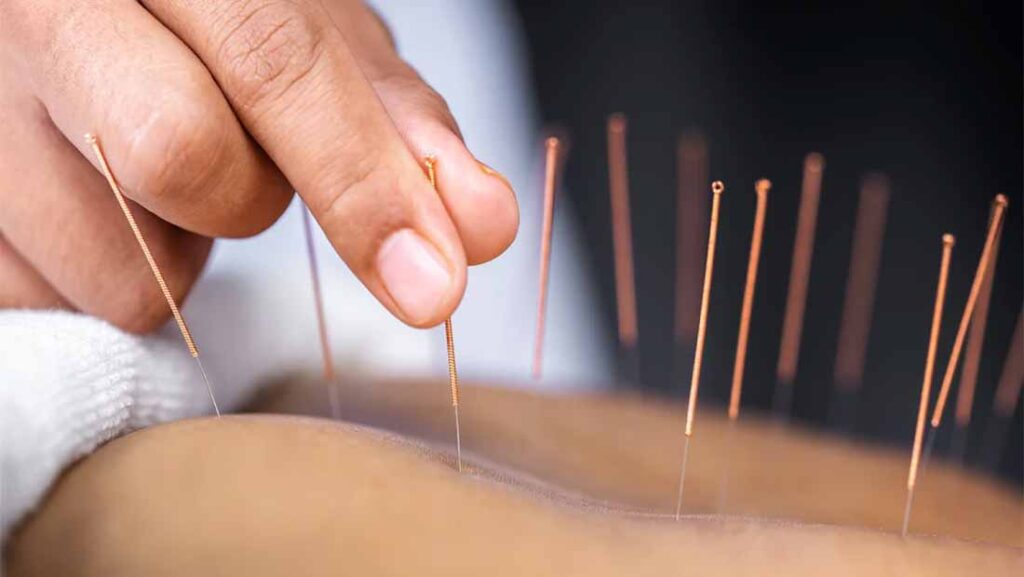Massage therapy is a form of physical therapy that involves the use of massage techniques to treat injuries, body aches and improve overall well-being. It is based on the manual manipulation of the soft tissues of the body with the aim of improving blood circulation, reducing muscle tension and relieving pain.
Types of massage therapy
There are different types of massage therapy, some of the most common are:
- Sports massage: used to prevent injuries and improve performance in sports.
- Swedish massage: One of the most popular and relaxing, it uses gentle and deep movements to reduce muscle tension and improve circulation.
- Therapeutic massage: used to treat specific injuries and chronic pain.
- Shiatsu massage: Originally from Japan, it uses pressure with the fingers to treat pressure points on the body.
- Sports massage: used to prevent injuries and improve performance in sports.
- Deep tissue massage: uses deep pressure to relieve muscle aches and tensions.
- Thai Massage: A style of traditional Thai massage that combines pressure, stretching, and yoga.
- Sports massage: used to prevent injuries and improve performance in sports.
- Reflexology massage: It is based on the belief that the points on the feet and hands are related to organs and systems of the body.
- Hot Stone Massage: Use hot stones to provide warmth and deep relaxation.
- Prenatal massage: specific for pregnant women, helps reduce stress and relieve back and shoulder pain.
- Trigger point massage: treats painful pressure points in the muscles.
- Tibetan Bowl Massage: Use vibrant bowls to create a relaxing and meditative experience.
- Cranial-sacral massage: focuses on gentle manipulation of cranial and sacral joints to relieve pain and stress.
Proceeds
Massage therapy has many benefits and is an effective way to relieve pain and improve health. Here are some of the main benefits of massage therapy:
Relieves muscle pain and tension: Massage can help reduce tension and pain in muscles and joints.
Improves blood circulation: Massage can help increase blood circulation, which can improve health and reduce pain.
Reduces stress and anxiety: The relaxation and pain relief that massage provides can help reduce stress and anxiety.
Improves flexibility and range of motion: Massage can help increase flexibility and range of motion by releasing muscle tension and improving circulation.
Relieves fatigue and improves sleep: The deep relaxation that massage provides can help relieve fatigue and improve sleep quality.
These are just a few of the many discoveries of massage therapy, and results can vary from person to person. It is important to speak with a professional before starting any type of therapy.
Utensils and devices to practice massage therapy
There are different utensils and devices that can be used for the practice of massage therapy, here are some of the most common:
Oils and creams: used to facilitate hand gliding and reduce friction.
Towels and sheets: used to cover and protect the skin during the massage.
Massage stools and stretchers: These are used to provide a comfortable and safe place for the patient during the massage.
Massage balls: used to provide deep pressure at specific points.
Foam rollers: they are used to massage and stretch muscles.
Hot stones: These are used in hot stone massage to provide warmth and deep relaxation.
Tibetan bowls: These are used in massage therapy with Tibetan bowls to create relaxing vibrations and sounds.
In addition to the utensils and appliances mentioned above, there are others that can be used in the practice of massage therapy, including:
Elastic bandages: These are used to help stabilize joints and reduce pain.
Knee pads and splints: These are used to provide support and relieve joint pain.
Lymphatic drainage brushes: These are used in lymphatic drainage to improve circulation and reduce swelling.
Pillows and cushions: These are used to provide comfort and support during the massage.
Electrical stimulators: These are used in electrical stimulation therapy to provide controlled electrical stimulation to muscles and soft tissues.
It is important that only trained and experienced professionals use these instruments.
Contraindications
There are certain conditions and situations in which massage therapy is not recommended or should be avoided, these include:
Acute infections or inflammations: Massage therapy can worsen infections and acute inflammations.
Deep vein thrombosis or thromboembolism: Massage therapy may increase the risk of deep vein thrombosis or thromboembolism in some people.
Cancer: Massage therapy can be dangerous for people with cancer because it can spread cancer cells.
Recent fractures: Massage therapy can cause pain and delay the healing of recent fractures.
Pregnancy: Massage therapy can be dangerous for pregnant women, as it can affect the development of the fetus or cause premature uterine contractions.
Heart disease: Massage therapy can increase heart rate and blood pressure, which can be dangerous for people with heart disease.
It is important to inform the therapist about any medical conditions or special situations before starting massage therapy. The therapist can determine if massage therapy is safe or if there are any specific contraindications.
How many sessions are needed to achieve the benefits
The number of sessions needed to achieve the benefits depends on several factors, such as the condition to be treated, the severity of the condition, the patient’s individual response, and other individual factors. In general, several sessions may be required to achieve optimal results.
Some patients may experience relief after a single session, while others may require several sessions to experience significant improvement. The therapist can provide a more accurate estimate of the number of sessions needed after an initial evaluation.
In addition, can be part of a larger treatment plan that includes complementary therapies, such as strengthening exercises and stretching, and it is important to follow the therapist’s recommendations for best results.


